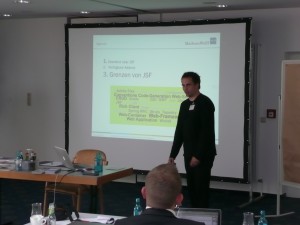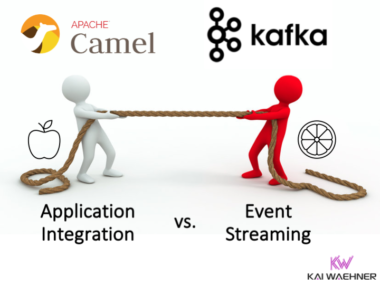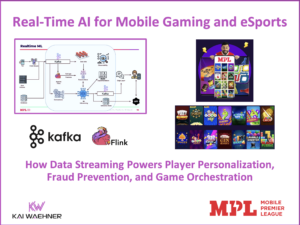Today, I visited the one-day conference “DOAG SIG Java”. The main subject was the Java Enterprise Edition 6 (JEE 6).
I presented about applicability and limits of Java Server Faces 2.0 (JSF 2.0). You can download my (german) presentation slides: DOAG SIG Java (Sept2010) – Einsatz und und Grenzen von Java Server Faces 2.0
“DOAG SIG Java” – What’s that?
The DOAG is a very large, german, independent Oracle-Usergroup. After the acqisition of Sun, the SIG Java was established to demarcate the Java technology from other business units (database, administration, …). Conferences are organized several times a year, the number of participants varies from 50 to 2000.
The conference was very interesting. Besides me, speaker from Oracle, Msg Systems and IMIXS were on site. Also Adam Bien, a well-known JEE expert, author and speaker (also involved in the JEE specs) was present.
The following talks were presented:
1) Overview about JEE 6
Summary:
– More and more specifications
– Ease of Development is the main priority
– Decoupling the specs from each other is an important goal
– Profiles (such as the Web Profile) will be avaiable – maybe thus more vendors will build JEE-certified container
2) Usage of Components in JEE + Discussion: Why is there no JEE Marketplace (just like the Apple App Store)?
Summary: Too many questions, which nobody can answer:
– Is the business logic too specific for a company / for a project?
– Who wants to build components for Oracle, IBM and so on?
– Who guarantees for the quality and who gives support?
– Probably developers would use available components, but who should build them?
3) News from the Java Persistence API (JPA) 2.0
Code examples showed the new features of the API, meta model, Queries (such as the new Criteria API).
Not much more to tell here…
4) Applicability and Limits of Java Server Faces (JSF) 2.0
My talk 🙂
The talk contained three parts:
– Introduction to JSF: architecture, life cycle, design concepts (multi-page, server-centric, component-based)
– Addons for JSF: Component Libraries (such as ICEFaces, RichFaces, MyFaces and so on), JBoss Seam, CaptainCasa, Portal-Integration)
– Limits of JSF: When should you use another web-framework? First a categorization of web frameworks was presented to show why developers sometimes should think about using web frameworks such as Grails (CRUD), GWT (Rich Client) or JavaFX (Rich Internet Application) instead of JSF in some use cases.
5) Live-Demo with Adam Bien
This was really nice: Adam Bien developed a little application and showed many new JEE 6 features in practice. The audience asked questions critically all the time, Adam Bien always had a good answer…
I wrote down a lot of very interessting statements of Adam Bien’s excessive experiences with Java technologies. You can read them discussed in my other blog entry including my comments: 10 interesting Statements of Adam Bien about the Java Enterprise Edition (JEE) 6.
Conclusion
A nice one-day conference about JEE 6. The participants got an overview about JEE 6, its new features, practical experiences and interesting discussions….
Best regards,
Kai Wähner








